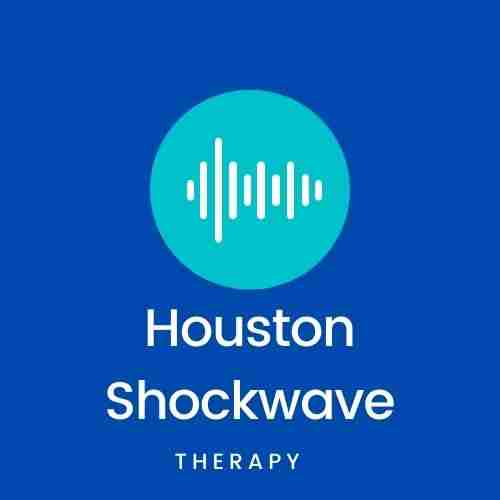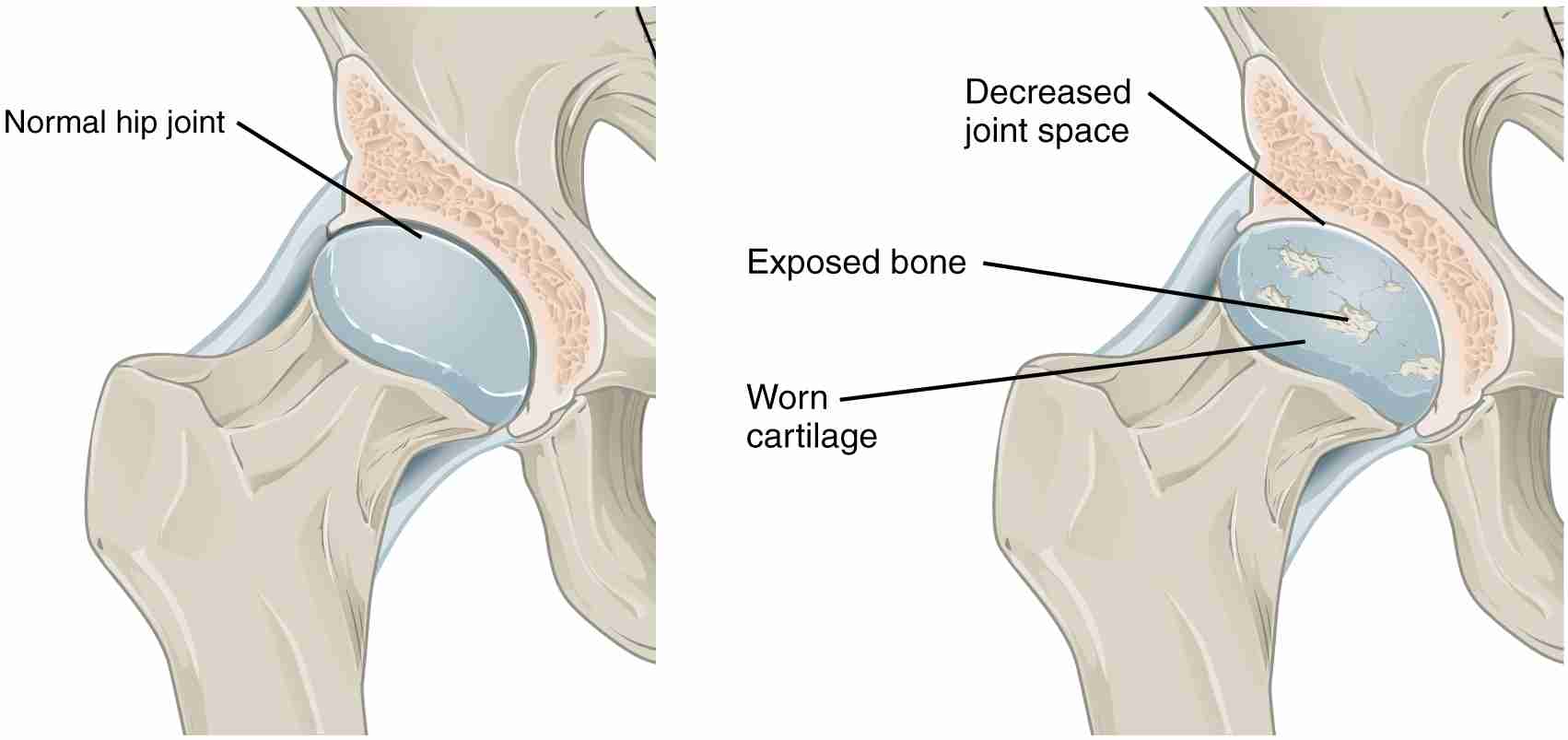Houston Shockwave Therapy
Healing for chronic and acute injuries
Greater Trochanteric Bursitis
Pain Relief
Inflammation Reversal
Collagen Synthesis
Shockwave Therapy for Greater Trochanteric Bursitis
Welcome to Houston Shockwave, where we offer innovative and effective shockwave therapy for greater trochanteric bursitis. If you are experiencing hip pain and discomfort, you may be suffering from this common condition that affects many individuals.
Greater trochanteric bursitis is a condition that causes inflammation and pain in the greater trochanter, a bony prominence on the side of the hip. This bony prominence is located where the thigh bone meets the hip bone, and it serves as the attachment site for several muscles and tendons.
Bursae are small, fluid-filled sacs that cushion and lubricate the joints and tendons in the body. The greater trochanteric bursa is located near the greater trochanter and can become inflamed due to overuse or injury, resulting in greater trochanteric bursitis.
The symptoms of greater trochanteric bursitis include pain and tenderness on the outside of the hip, which may radiate down to the thigh or buttocks. The pain may be exacerbated by certain activities, such as walking, climbing stairs, or standing for long periods of time.
In addition to pain, greater trochanteric bursitis may also cause stiffness, swelling, and limited range of motion in the hip. The symptoms may be worse at night or after periods of rest, and they may improve with activity but worsen again afterward.
At Houston Shockwave, we offer a non-invasive, safe, and effective treatment for greater trochanteric bursitis using shockwave therapy. Shockwave therapy is a cutting-edge technology that uses high-frequency sound waves to stimulate healing and reduce pain in the affected area.
During a shockwave therapy session, a handheld device is placed on the skin over the affected area. The device then emits high-frequency sound waves that penetrate deep into the tissue, stimulating the body’s natural healing process.
Shockwave therapy has been shown to be effective in treating greater trochanteric bursitis by promoting the regeneration of damaged tissue, increasing blood flow to the affected area, and reducing inflammation and pain. It is a non-invasive, outpatient procedure that requires no anesthesia or recovery time.
The benefits of shockwave therapy for greater trochanteric bursitis include:
Non-invasive: Shockwave therapy is a non-invasive procedure that does not require surgery or injections.
Safe: Shockwave therapy is a safe treatment that has been used successfully for decades to treat a wide range of conditions.
Effective: Shockwave therapy has been shown to be effective in treating greater trochanteric bursitis, with many patients experiencing significant pain relief and improved mobility after just a few sessions.
Quick and convenient: Shockwave therapy sessions typically last between 15 and 30 minutes, and patients can return to their normal activities immediately afterward.
Cost-effective: Shockwave therapy is a cost-effective alternative to more invasive treatments such as surgery or injections.
If you are suffering from greater trochanteric bursitis, shockwave therapy may be the right treatment for you. At Houston Shockwave, we have a team of experienced professionals who can help you determine if shockwave therapy is the best option for your specific needs.
Our team will work with you to develop a personalized treatment plan that is tailored to your individual needs and goals. We will also provide you with information and guidance on how to manage your symptoms and prevent further injury in the future.
Don’t let greater trochanteric bursitis hold you back any longer. Contact Houston Shockwave today to schedule a consultation and learn more about how shockwave therapy can help you get back to a pain-free and active lifestyle.

